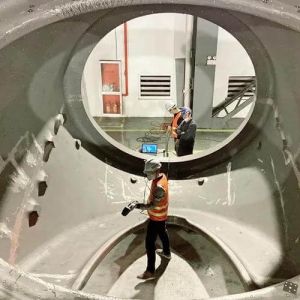The reason of Breaker TripPosted by elcb on February 16th, 2020 There are three reasons why a Miniature Circuit breaker trips at home. The first is overload, the second is short circuit, and the third is leakage.
The first is that overloading means that too many high-power electrical appliances are used at the same time to exceed the rated current of the Miniature Circuit breaker. It is estimated that you will not calculate, and then you should try to open a few more.
Second, the short circuit may be a short circuit of an electrical appliance, it may also be a short circuit of the dark appliance wire, without any electrical equipment to try if you also jump to consider the circuit is short circuit, of course, if it is a switch with leakage protection, there may be leakage of electricity .
The third kind, if it is a switch with leakage protection, the line or appliance will trip with a little leakage, generally 30mA.
If this is the first case, you should open a little less electrical equipment. A larger circuit breaker can also be used, provided that your line cannot be too thin and it should be larger than the rated capacity of the circuit breaker.
If it is the second case, there is a short circuit inside an appliance. It is OK to repair this appliance. If you are short-circuited, you must ask the professional to check it out.
If it is the third case, an electrical leakage, then one by one plugged in to go to the power to try one by one, to jump that is the problem of which electrical appliances, if it is a hidden line leakage, non-professionals can not find out For a switch that does not have leakage protection, it is only one less safety protection.
Note: The switch with leakage protection is one block larger than the ordinary switch. It should be wider. There is a small button on the switch with leakage protection. Observe yourself to distinguish which one you belong to.
Residual current protection device RCD Residual current devices
principle
Its core wraps around all current-carrying conductors of an electrical circuit. The magnetic flux generated in the core is related to the arithmetic sum of these conductor currents in a moment; the current flowing in one direction is assumed to be positive (I1), The current flowing in the
opposite direction is negative (I2).
In the normal loop without fault, I1 + I2 = 0, there is no magnetic flux in the core, and the electromotive force in the coil is zero. The ground fault current Id flows through the core to the point of failure but returns to the power via the earth or via the protection line of the TN system.
The current through the conductors of the magnetic core is therefore no longer balanced and the current difference creates magnetic flux in the magnetic core.
This current is called the "residual" current and this principle is also considered as the "residual current" principle.
The varying magnetic flux generated in the magnetic core induces an electromotive force in the winding, so that the current I3 flows through the coil that operates the trip unit. If the residual current is greater than the value of the current that can cause the trip unit to act, whether it is direct action or via the electronic, relay action, the circuit breaker will have to trip.
Like it? Share it!More by this author |


